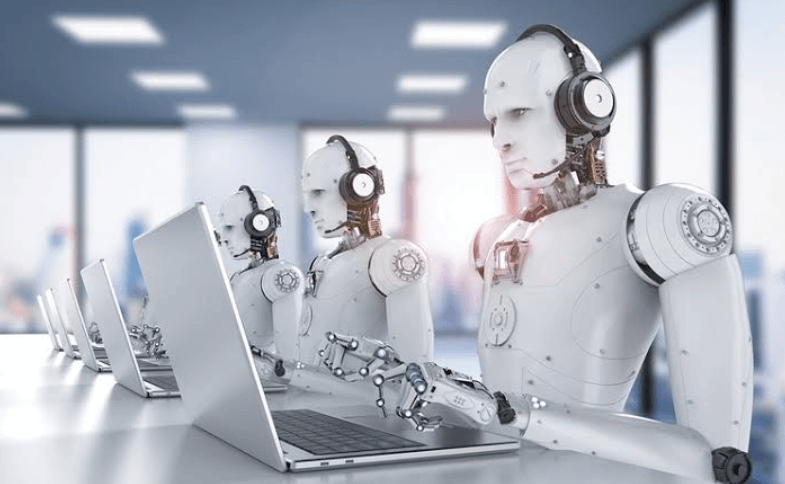The Impact of Automation on the Future of Work
Automation is increasingly reshaping the workplace across multiple sectors. Data indicates that efficiency gains are substantial, yet these advancements also raise concerns about job displacement. As companies integrate technology, the skills required in the workforce are evolving. The implications for employee adaptability and continuous learning are significant. What strategies will emerge to address these challenges, and how can workers prepare for a future where automation plays a central role?
The Rise of Automation in Various Industries
As industries increasingly adopt advanced technologies, the rise of automation has become a defining trend in the modern workforce.
Manufacturing efficiency has surged as machinery and robotics streamline production processes, reducing human error and increasing output.
Concurrently, service automation enhances customer interactions and operational agility.
This dual impact signifies a transformative shift, emphasizing the necessity for adaptability in the evolving job landscape.
See also: The Growing Trend of Biometric Technology in Security Systems
Benefits of Automation for Businesses and Workers
Although concerns about job displacement often dominate discussions around automation, the benefits for both businesses and workers are significant and multifaceted.
Businesses experience enhanced cost efficiency through streamlined operations and reduced labor costs.
Simultaneously, workers may experience increased job satisfaction as automation alleviates mundane tasks, allowing them to focus on more engaging, creative responsibilities.
Ultimately, this shift can improve workplace morale and productivity.
Challenges and Concerns Surrounding Automation
While automation presents numerous advantages, it also raises significant challenges and concerns that warrant careful examination.
Job displacement remains a primary issue, as machines increasingly replace human roles, leading to economic uncertainty.
Furthermore, skill gaps are widening, as the workforce struggles to adapt to new technologies.
Addressing these challenges is crucial to ensure a balanced transition towards an automated future that promotes freedom and opportunity.
The Future Workforce: Adapting to Change
The future workforce must adapt to the rapid changes brought about by automation, necessitating a proactive approach to skill development and training.
Emphasizing remote collaboration, organizations will need to equip employees with digital competencies to thrive in an evolving workplace.
Data indicates that continuous learning and adaptability will be critical, as businesses increasingly rely on technology to enhance productivity and flexibility in operations.
Conclusion
As the tide of automation sweeps across industries, it serves as both a lighthouse and a storm warning for the workforce. The beacon of increased efficiency and creativity illuminates new opportunities, while the dark clouds of job displacement loom overhead. To navigate these turbulent waters, individuals must become skilled sailors, adept at maneuvering through the waves of change. Embracing lifelong learning becomes not just a choice, but an essential compass guiding them toward a resilient future.




